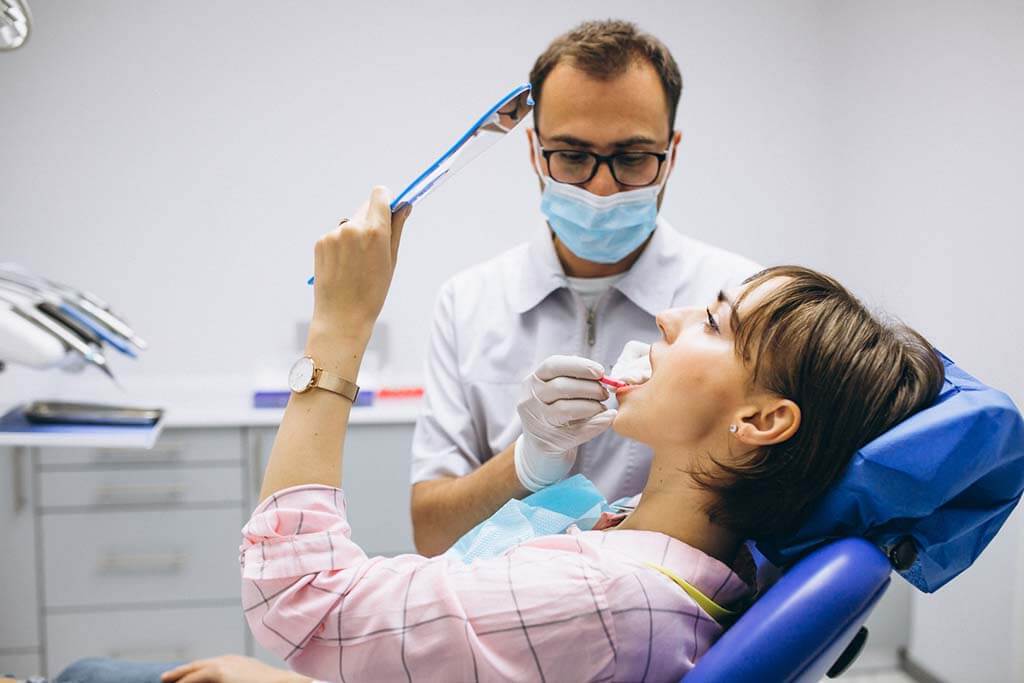Table of Contents
About Bone Graft for Dental Implants
Having a dental embed place can be a mind boggling dental medical procedure. To begin with, your dental practitioner will complete an assessment of your jaw bone to decide whether the width of the jaw bone qualifies for an embed. If the patient qualifies your dental practitioner will then make an entry point on the peak of bone, separating the appended gingiva. After the fold is uncovered, it will be pushed back and the bone will be uncovered, in the opening, the dental specialist will bore a pilot gap. More info about bone graft for dental implants by checking this link here, https://www.audentalimplantssydney.com.au/bone-grafting-dental-implants/.
This little breadth opening will serve a guide for the embed and to keep away from harm, your dental practitioner will penetrate with a more extensive piece each time, gradually broadening the gap until the point when it achieves the suitable size and permitting the position of the embed.
After veins and bone structure has been harmed and crushed, hemostasis will start. Hemostasis is the principal phase of wound healing, hemostasis happens a couple of minutes after the medical procedure. This is a procedure will cause seep to quit, implying that blood will be kept inside a harmed vein, to accomplish this platelet will change blood from its fluid state into a gel.

The Inflammatory Stage
Amid the provocative stage, a hematoma creates inside the break zone only a couple of hours after the dental embed has been put. Cells that add to the healing procedure amid this stage, incorporate endothelial cells, polymorphonuclear leukocytes, macrophages; this stage incorporates the angiogenesis procedure. The blend of these cells, bringing about the development of granulation tissue, ingrowth of vascular tissue and the movement of mesenchymal cells.
Endothelial cells: thin layer cells that fill in as a boundary, select perivascular cells and sorting out angiogenesis.
Angiogenesis: the physiological procedure through which fresh recruits vessels frame from prior vessels.
Polymorphonuclear leukocytes: cells that work by killing microbes through receptive oxygen radicals.
Macrophages cells: cells that are discharged to devour and processes cell flotsam and jetsam, remote substances, microorganisms and much malignancy cells that have been rising in the territory.
The Reparative Stage
The following stage in bone healing is the repair organize; in this stage, fibroblasts start to set out a connective tissue that will help bolster vascular ingrowth. It’s amid this phase nicotine mixes show up in our framework and represses slim ingrowth.

As vascular ingrowth advances, a collagen network sets down in the harmed zone while osteoid is emitted and in this manner mineralized, this will prompt the arrangement of a delicate callus around the repair site. This callus is exceptionally frail toward the start of the healing procedure and requires satisfactory security. Once the callus ossifies, a scaffold will be shaped of the woven bone between the crack parts. All together for appropriate ossification of the callus to happen, legitimate immobilization is required; something else, a precarious sinewy association may create.
The Remodeling Stage
The last phase of bone healing is the renovating stage, this stage more often than not happens a long time after the medical procedure. In the redesigning stage, woven bone is substitute with minimal bone. As beforehand said, osteoclast is resorbed by bone additionally amid this stage the break callus is redesigned into another shape, this new shape will be a nearby copy of the bone’s unique shape and quality.
The redesigning stage can take somewhere in the range of 3 to 5 years relying upon a few factors, for example, age or the individual condition. Now and again, the dental practitioner may prescribe manufactured or natural mixes to improved and effectively advance bone healing.
